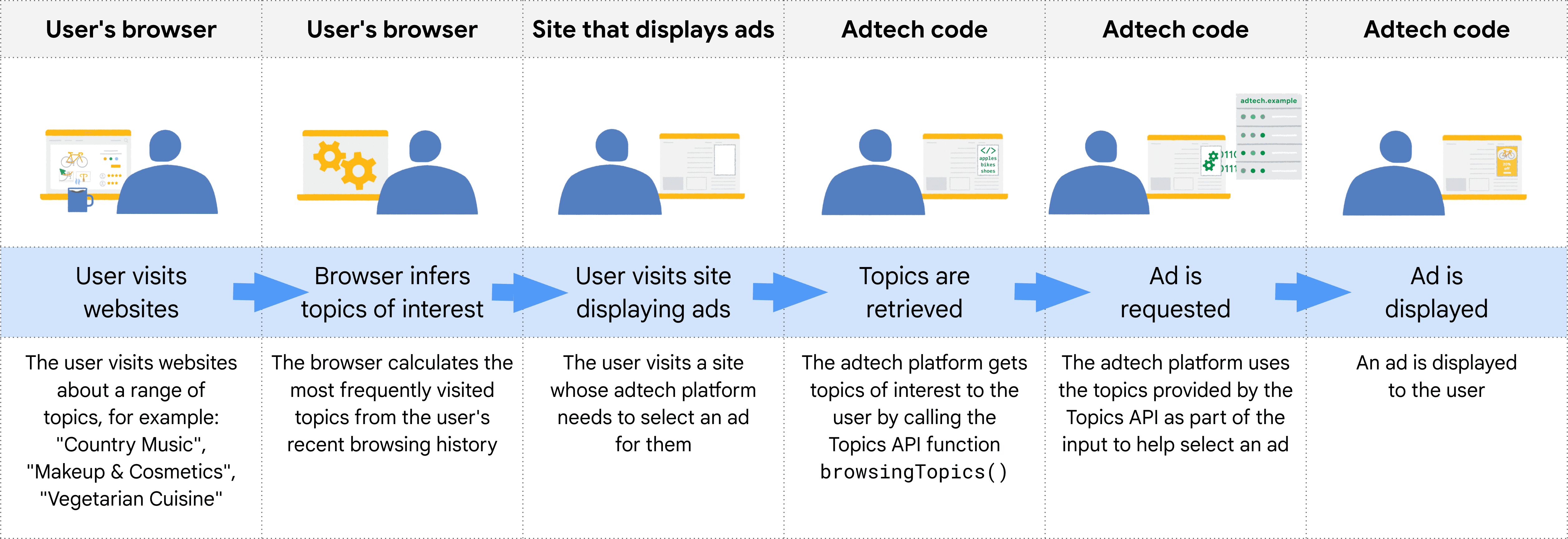Four Alternatives to Third-Party Cookies
For over three decades, third-party cookies have been crucial to the digital advertising landscape. Cookies, as we know them, have followed us around the internet learning our behaviors and interests to deliver ads enticing us to make purchases. In turn, this has also created a seamless experience while we shop online by keeping us from having to re-login every time we want something.
Why Are Cookies Going Away?
As convenient as cookies may have made the online experience, online users were previously unaware of the extent to which their online activities were being tracked and utilized by online marketers. More recently, as concerns continued to increase, pressure from consumers and government regulators have forced Big Tech to give users the option to disable cookies or remove them by default in their operating systems.
With this increasing pressure, services like Apple’s Safari and Mozilla’s Firefox have blocked third-party cookies by default. Safari’s Intelligent Tracking Prevention and Firefox’s Enhanced Tracking Protection have made it more difficult for companies to track users with cookies. In addition, DuckDuckGo, a search engine that doesn’t track users, has seen its market share increase in recent years.
Image from: https://www.apple.com/safari/docs/Safari_White_Paper_Nov_2019.pdf
With over 80% of the global search market share, Google is the last big hold-out to address these concerns. But despite their dominance, government regulators have now begun to address this issue and force Google’s hand. Two of the biggest government responses have been the European Union’s General Data Protection Regulation (GDPR) and the California Consumer Privacy Act (CCPA), which have been introduced to enhance user privacy and control over personal data. In response, Google has officially started to phase out third-party cookies.
As of January 4, 2024, Google started testing Tracking Protection, which will restrict third-party cookies by default. The tech giant has begun to roll this out to 1% of their Chrome users globally. And to address the UK’s competition concerns, Chrome plans to increase their third-party restrictions to 100% of users by Q3 of 2024.
Image from: https://blog.google/products/chrome/privacy-sandbox-tracking-protection/
With all of the progress being made, where does that leave the future of digital advertising? Marketers will always find a way to reach their consumers with digital solutions, but 2024 appears to be a period when users’ privacy concerns will finally be at the forefront of these marketing strategies.
Here are Four Alternatives to Third-Party Cookies:
Zero-Party Data is data that users willingly provide to companies. Marketers can encourage users to share preferences, interests and any other relevant information to personalize that user's experience. And Google has developed its own solution as part of its Privacy Sandbox initiative, called Federated Learning of Cohorts. This solution will group users with similar interests into cohorts. Google’s ad targeting is then delivered at a cohort level instead of targeting individual users.
First-Party Data will allow marketers to focus on collecting data directly from their users. This type of data includes that collected through interactions on their own websites, their mobile apps and other owned outlets. Once collected, it allows marketers to create personalized experiences.
Contextual Targeting will deliver ads based on the context of content that users are viewing. Marketers can analyze the content of the app or webpage to better understand the users’ preferences and interests.
Google Topics: as a Google Partner, these are something worth keeping an eye on and we are always learning how to protect users' privacy (we’re consumers too!) while keeping up with Google’s latest and greatest within their suite of products. Google Topics are “interest-based advertising without having to resort to tracking the sites a user visits…it is a form of personalized advertising in which an ad is selected for a user based on their interests, inferred from the sites they've recently visited.” Google’s continuous changes to machine learning and tactics are something we monitor often.
Source: https://developers.google.com/privacy-sandbox/relevance/topics
As the internet evolves beyond a reliance on cookies, marketers have the opportunity to embrace creativity and experimentation, while still respecting consumer privacy boundaries.









